I once made the catastrophic mistake of going on a "trail running date". It went badly.
At the time, I was still pretty new to trail running, but I’d spent the last few months lying with confidence about how into it I was. Partly to impress the girl, and partly in the hope of landing a job as a trail running writer for a certain online publication which here shall remain nameless.
Anyway, it went to hell fast. I hadn’t checked the weather, and our “sunny afternoon run” turned into the kind of heavy rain usually reserved for romantic kiss scenes in crap films. I also didn’t consider that pausing to admire the sunset halfway through the route meant we’d be running back in pitch black. With no headtorches.
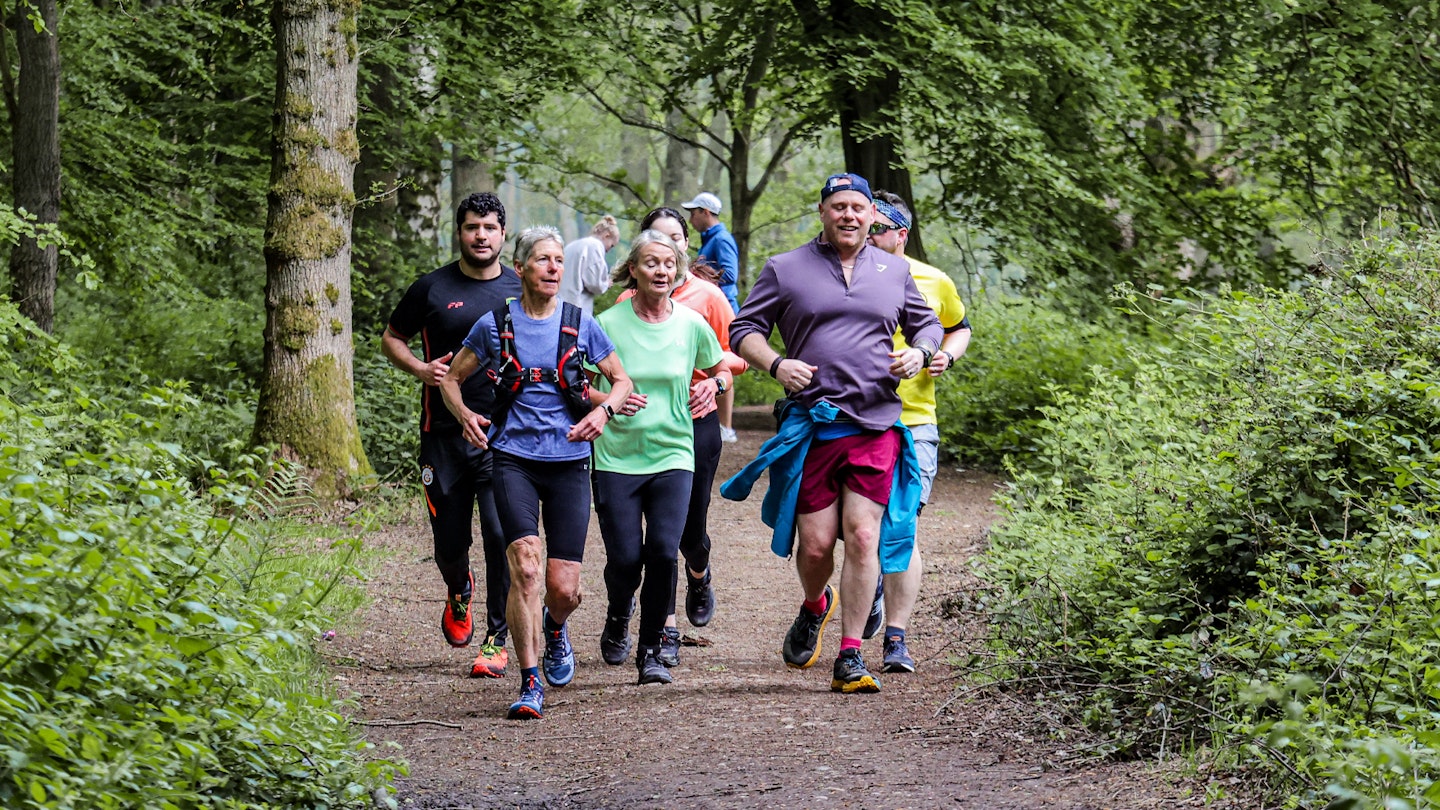
And the cherry on top? While I was gazing up at the clearing sky, my toe caught a root and I hit the ground with the speed and impact of a giant hand trying to squash a gnat. Thankfully, the rain disguised my tears.
Beginners make mistakes. It’s part of the fun. But trail running is a particularly hazardous hobby, and it helps to learn some lessons the easy way. So, if you’re new around here, take a peek at this list of 10 mistakes every new trail runner makes (and go ahead and add “making it a date” as an honorary #11).
Mistake #1: Expecting your trail pace to be the same as on the road
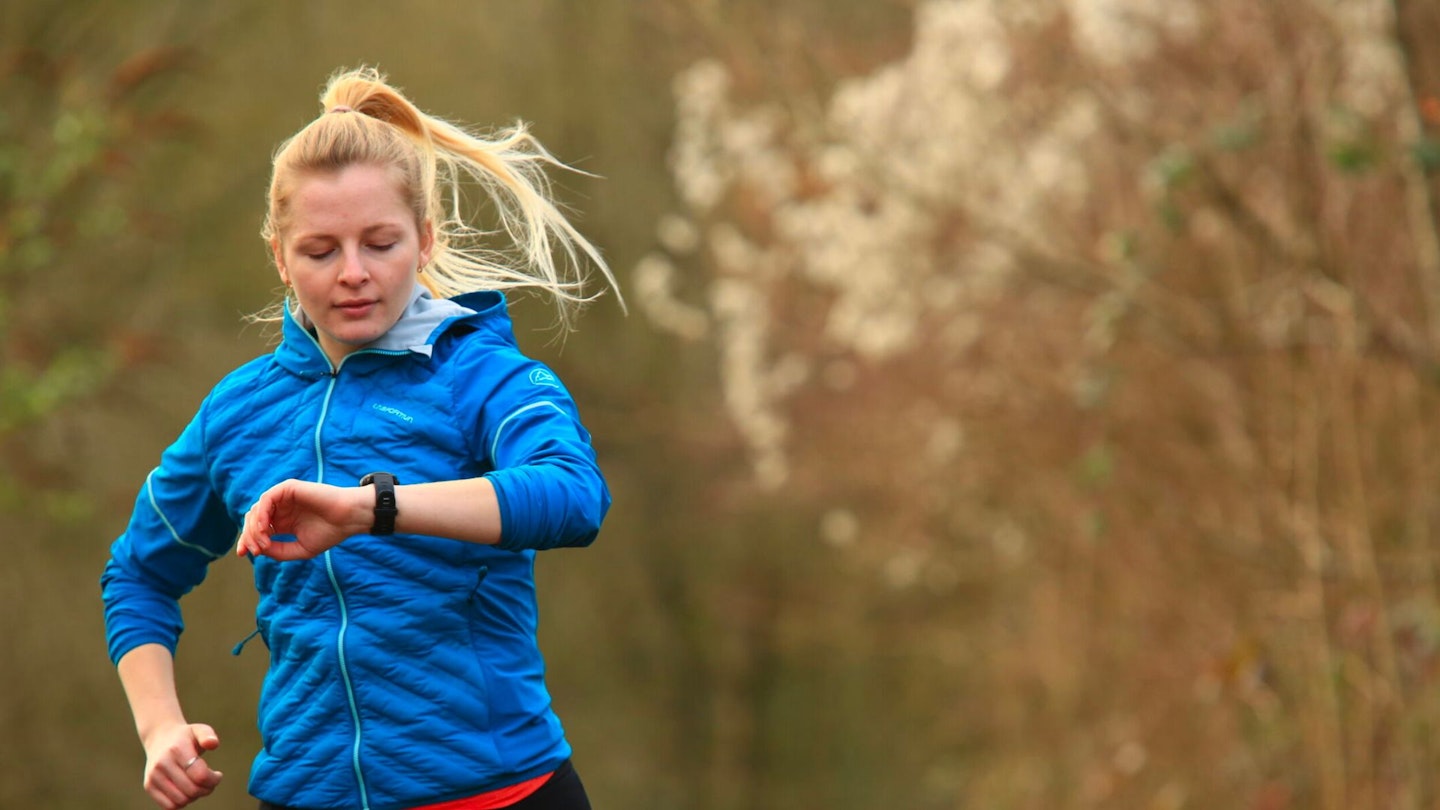
Let me be very clear – road running is for the weak and the vain. Why run on a consistent, even surface with minimal undulation when you could be lolloping through the woods like a wounded gazelle? Pace, that’s why. Most road runners are only after one thing – a sub-20-minute 5k. It’s sickening.
Nobody at the LFTO office is parading around in the street, clad in skimpy shorts and ludicrously expensive running sunglasses like some pretentious city slicker who uses run clubs the way most people use Hinge. We run in the woods. Okay? Because we are hiding. Alright? From the general public. Got it?
No but seriously, there are a hundred good reasons why trail beats tarmac, but my personal favourite is the lack of emphasis on speed. You’re constantly navigating new and changing terrain when you’re trail running – dodging roots, rabbit holes, rocks, rogue badgers, yada yada. And any good route has plenty of elevation, meaning you’re always managing your energy, cadence and stride length to adapt to what’s underfoot. It’s fun, and it’s a brilliant workout for your ankles and core, which work way harder on the trail to keep you upright.
If you’re transitioning from road to trail, remember that this is a totally different beast which will take a lot of wind out of you, so don’t go charging off at the same pace you would at your weekly Parkrun.
Mistake #2: Dressing wrong – from head to toe
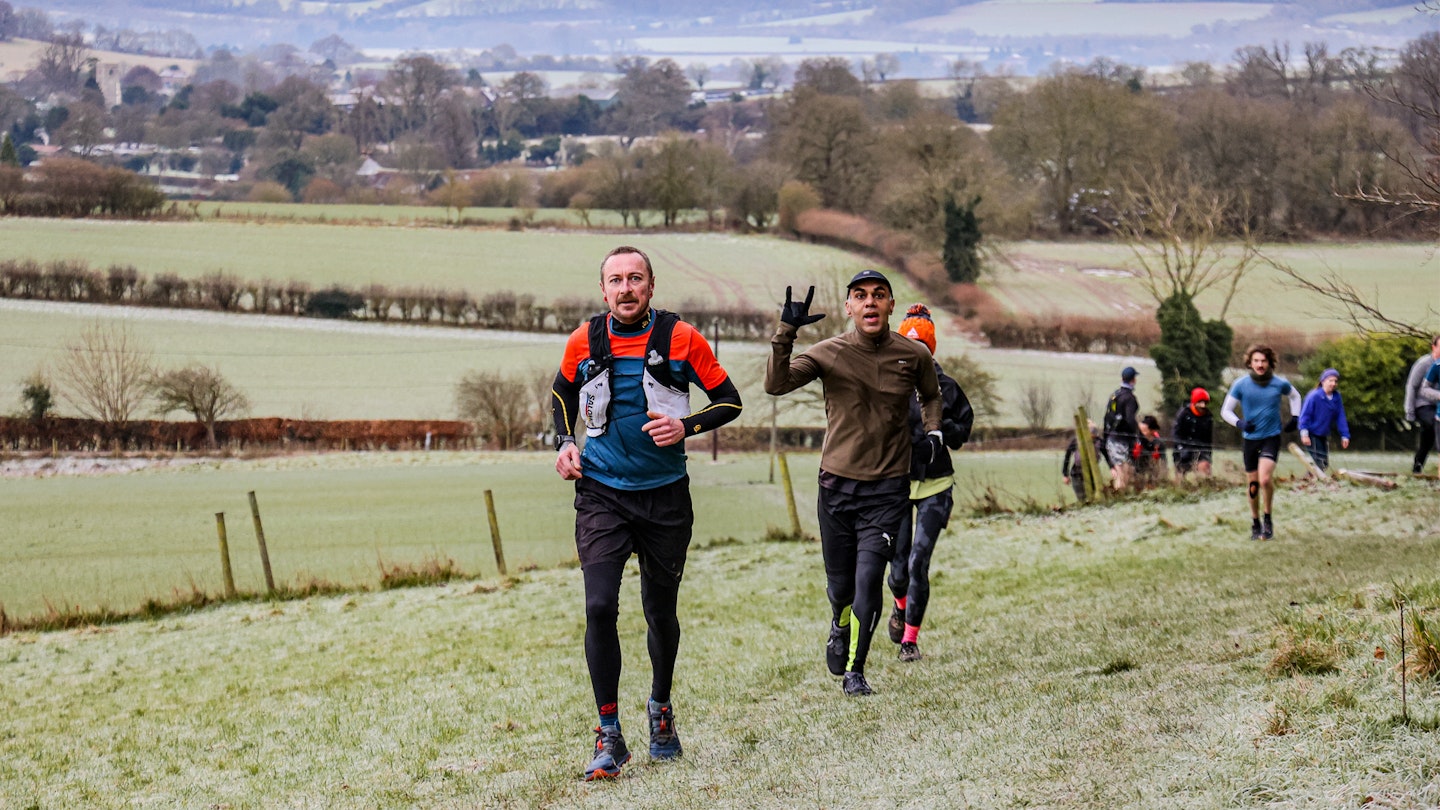
Before the sermon starts, let’s just address the elephant in the room: We absolutely do want you to buy trail running shoes. When you read our excellent running gear reviews and click through to make a purchase, it makes us look great and we get to ask our parent company for more money, which means I get to keep paying my mortgage.
That said, we don’t actually sell trail running shoes, and I wouldn’t bother writing literally thousands of words on the subject if I didn’t genuinely believe that they require serious consideration. Hand on heart, I’m telling you this because it’s true: Investing in good footwear is the most important thing you can do to improve your running experience.
Second to which is getting a decent hydration pack, because there’s nothing worse than being deep into a wild route and realising you have no water. It can also store a headtorch and energy bars in case things go south.
It’s also always worth grabbing a nice, lightweight, sweat-wicking running shirt and some airy running shorts – but these are secondary, and I’ve seen many a pro athlete get by in an old Joy Division tee. You don’t need to be kitted out to the teeth, but you absolutely do need shoes that are grippy, supportive, and fit well, or you really won’t make it far.
Mistake #3: Skipping sun protection

Did you know that you can get sunburnt through a wetsuit? It’s something that many a surfer and wild swimmer discover the hard (and painful (and peely)) way. Wetsuits are thick and protective, yet they still don’t fully block UV rays, so keep that in mind next time you assume your chest, back, and shoulders are safe under a thin tee shirt.
As somebody who once got special-salve-requiring burnt while hiking through snow-capped Swiss mountains on an overcast day, trust me when I say that the sun is not to be underestimated. Not one bit.
As spring rolls in and the sky starts to blaze bright and blue under the powerful gaze of Helios, remember to go high-factor with your suncream and apply liberally all over. Trail running exposes a lot of your body to the sun’s rays, even when it’s cloudy, and especially if you’re running at higher elevations where the UV index tends to spike.
Chuck a running cap or visor on, throw a small tube of SPF in your pack, and make it part of your pre-run routine. Future-you won’t be peeling skin off your shoulders in the office bathroom.
Mistake #4: Having no idea where you’re going (and not telling anyone)
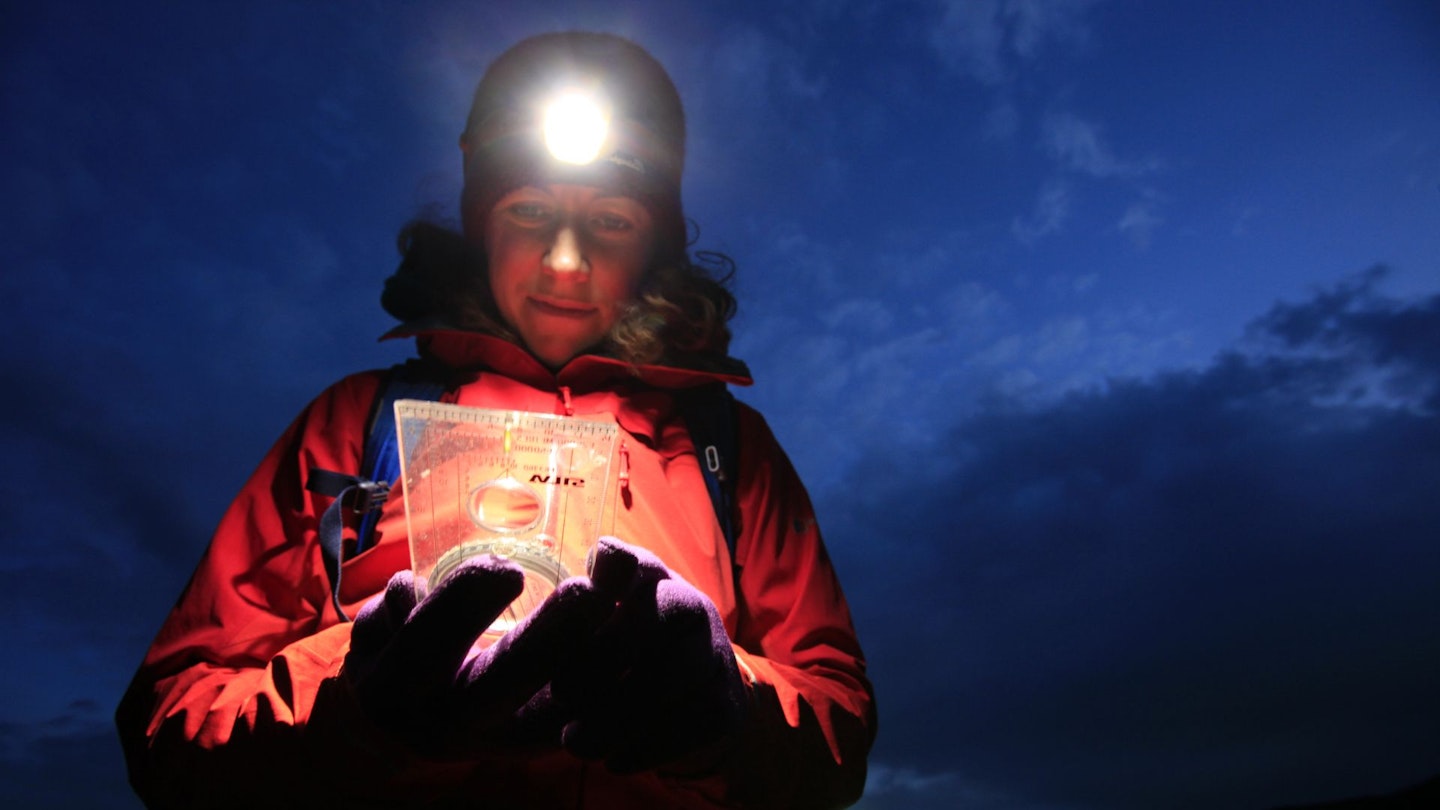
Good god, we’re almost halfway through this list and still only in the prep phase. You really are messing this up, aren’t you? Alright, before you head out the door, I do recommend planning a route.
This isn’t a total necessity, but it’s something beginners often neglect, which can absolutely ruin your confidence mid-run. Nothing like squinting at a map for five minutes to kill your momentum and your mood. It can also be hard to judge distances at first, so I’d recommend downloading a route planning app like Strava or Komoot and setting yourself a manageable course with middling elevation.
Once you’ve mastered the basics of trail running navigation and tackled a few 5Ks, you’ll start to get a feel for what an easy-to-intermediate route should feel like, and can graduate into more freeform exploration-style outings.
Woodland runs may seem like small potatoes compared to proper mountaineering, but it’s still smart to have a safety net in case you trip or injure yourself in a remote spot. Your phone is usually enough, but if you know you’ll be out of signal, tell someone where you’re going.
Mistake #5: Getting caught in the rain
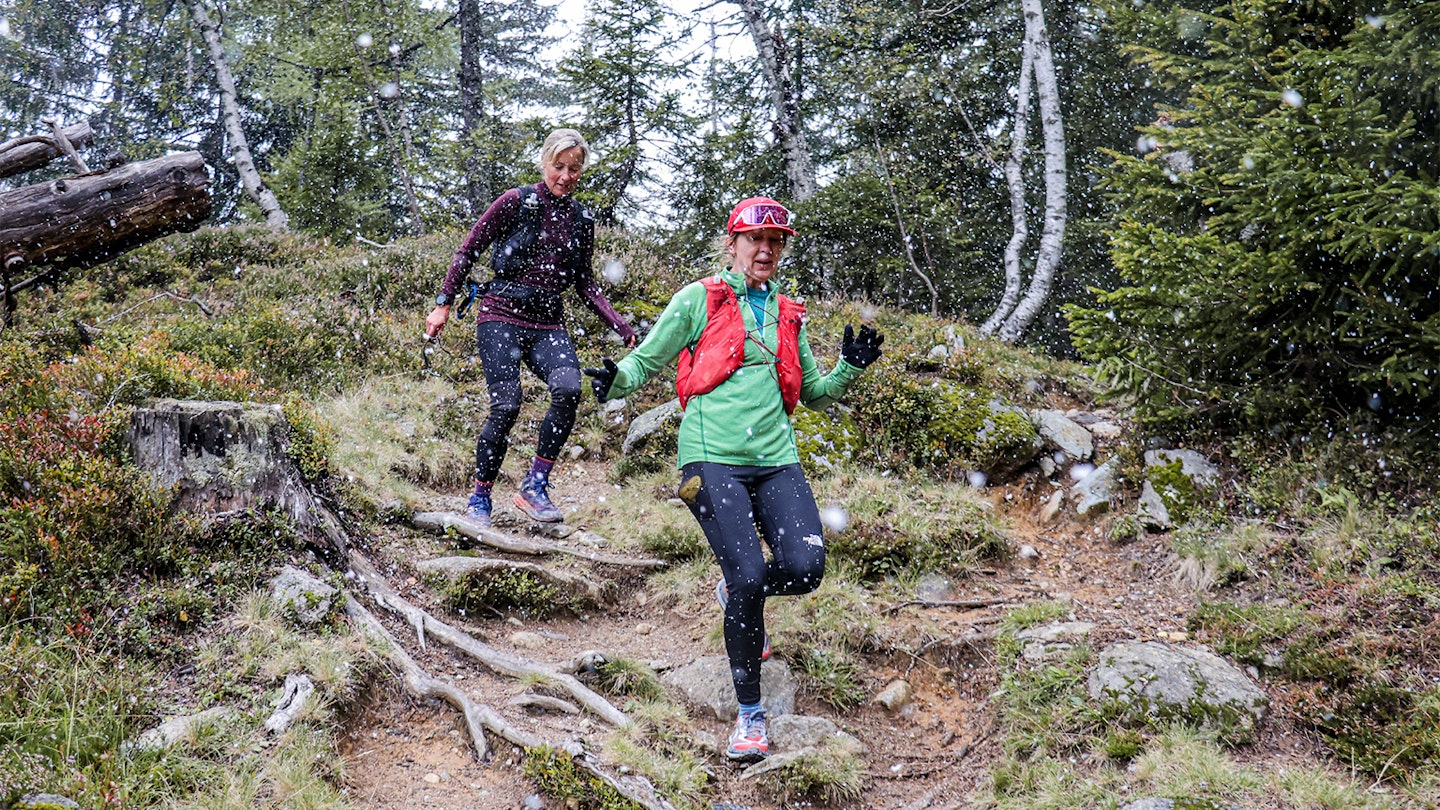
Last bit of planning and then we can finally hit the… footpath. Check the bloody forecast before you set off, you absolute wally.
This goes triple for any route with altitude gain or exposed ridgelines. Weather changes moods fast when you’re up high, but you can get caught out anywhere, at any time. Always be ready with a waterproof running jacket, or at the very least, a decent pack to keep your phone dry.
Running in the rain isn’t the end of the world, mind. It can actually be lovely, so long as you don’t get cocky and end up sliding hard and fast across a wet slab of limestone like a seal who just saw a malnourished polar bear.
Mistake #6: Skipping the warm-up (and cooldown)

Alright, we’re off to the races – but don’t make the classic mistake of going hell for leather right out the door. There are tonnes of great warm-up exercises you can do before running, but a lot of experienced trail runners just ease in with 5–10 minutes of slow, steady jogging.
It gives your muscles time to loosen up and your heart rate time to adjust, which means you’re less likely to pull something or blow up on the first climb. When you finish, walk the last few hundred metres and give your legs a quick stretch – future you will be thankful.
Mistake #7: Running the climbs

Ah, to be young and confident that I could run up every hill I saw. Now, at the ripe old age of 25, I know better.
Burning all your energy powering up a big hill means you’re completely spent by the time you reach the top. You won’t be able to maintain good form, you’ll struggle to recover, and you’ll likely lose more time on the downhill than you gained on the climb.
Slow right down on inclines, increase your cadence, and shorten your stride to make climbing more manageable. Walking isn’t cheating – it’s strategy.
Mistake #8: Diving headfirst into nutrition (and sh*tting yourself)
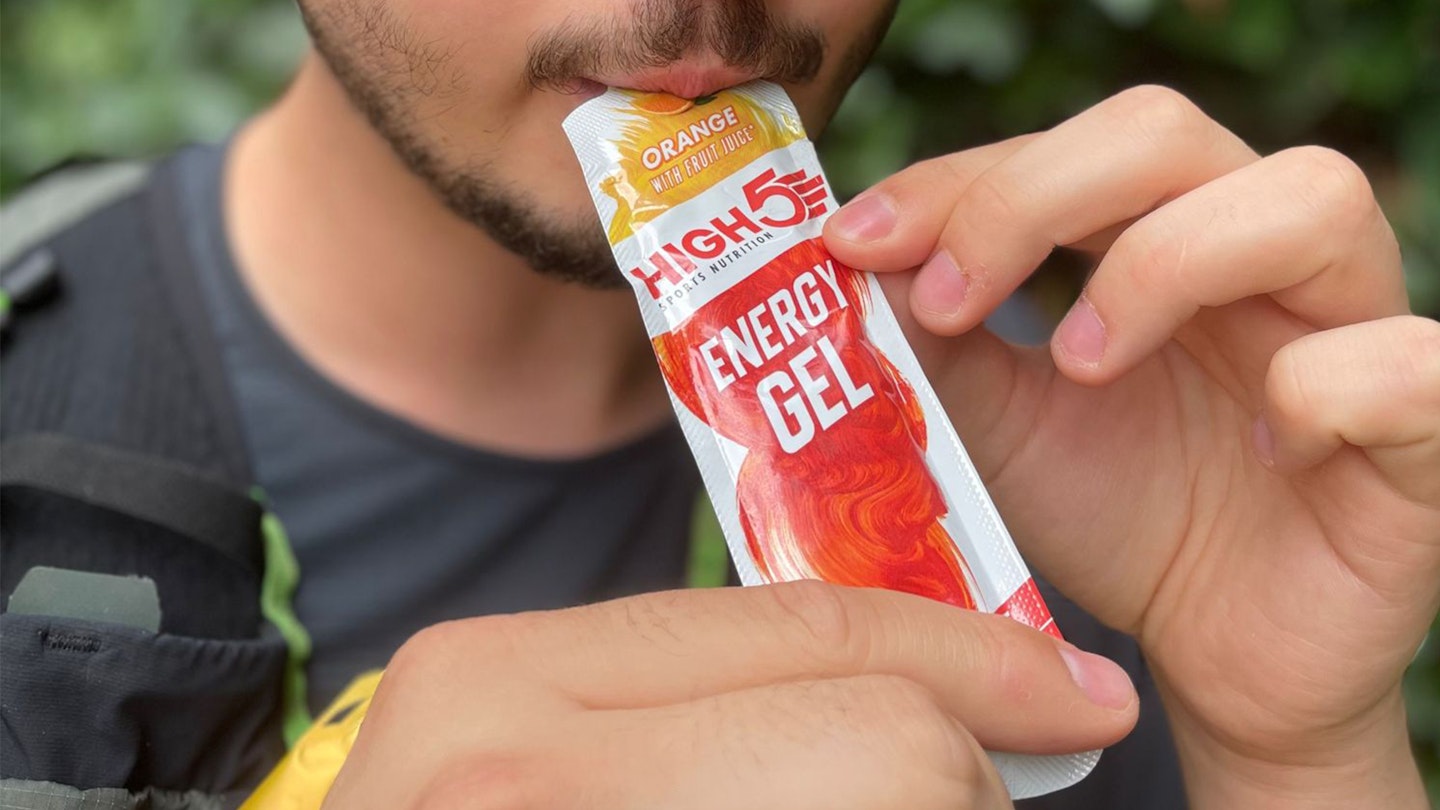
Dialling in your nutrition is one of the best ways to take your running to the next level. But it takes time for your body to get used to the calorie density and viscosity of energy gels and chews.
So for god’s sake, train your stomach by slowly introducing running-specific fuel on shorter routes, and please, please choose routes that aren’t too far from some corporate-owned public toilets (or, as some people call them, "coffee shops").
Find out what works for you before race day. Your gut will thank you. So will your running mates.
Mistake #9: Getting too absorbed in the view (and falling over)
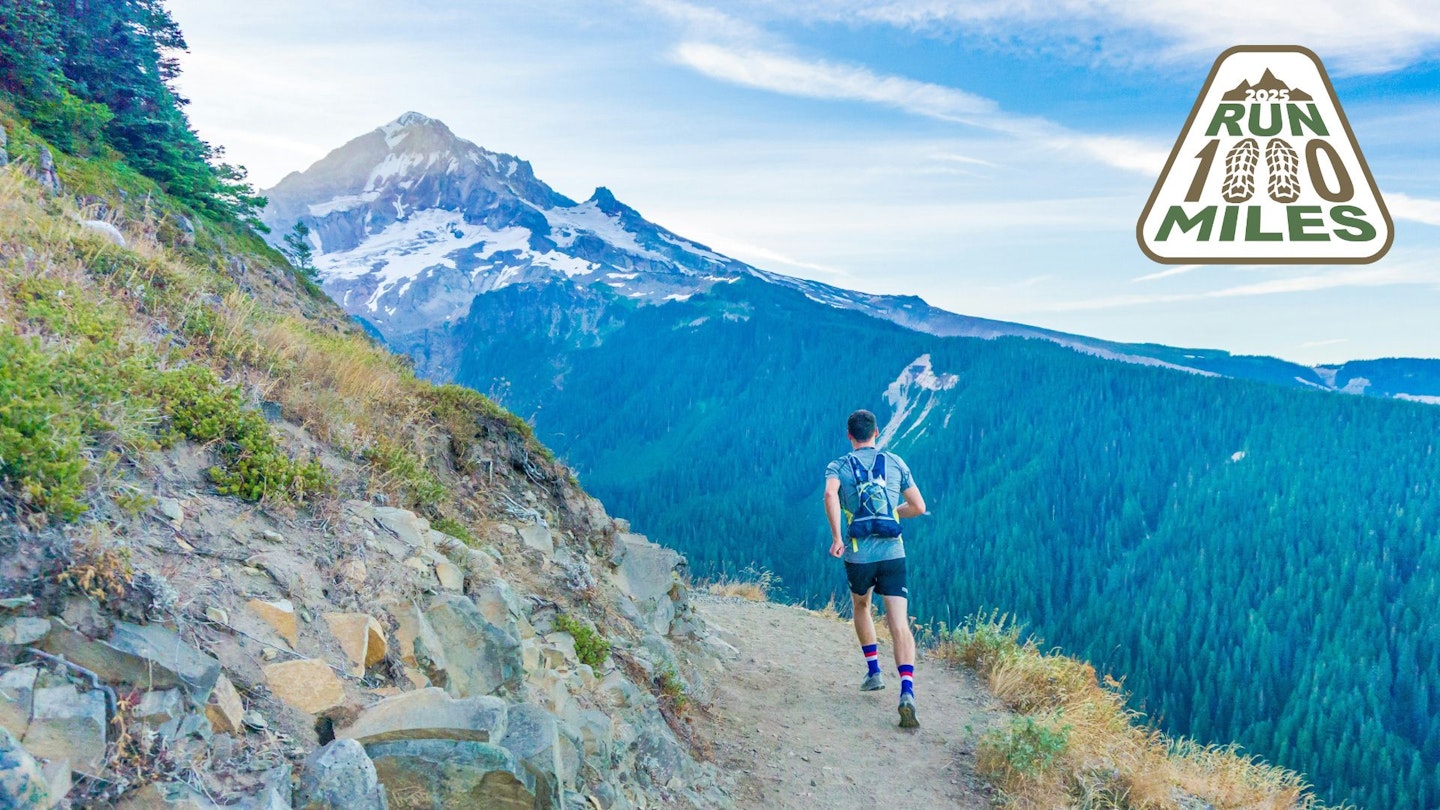
Trail running can be stunning – dramatic skylines, golden forests, misty ridges, wild ponies, all sorts of hobbit-adjacent gubbins. But if you get too caught up gazing at it all while still moving, you’re going to end up snogging the dirt.
There’s a rhythm to trail running that comes from keeping your eyes a few steps ahead. It takes some getting used to, but eventually you get in tune with your body's movement in a way that feels both satisfying and rewarding. We're chasing flow-states here, people. So by all means, stop and take it all in. Snap a photo. Have a breather. Then get moving again.
Don’t make the same mistake I did. It cost me a date and a layer of skin.
Mistake #10: Ignoring trail etiquette
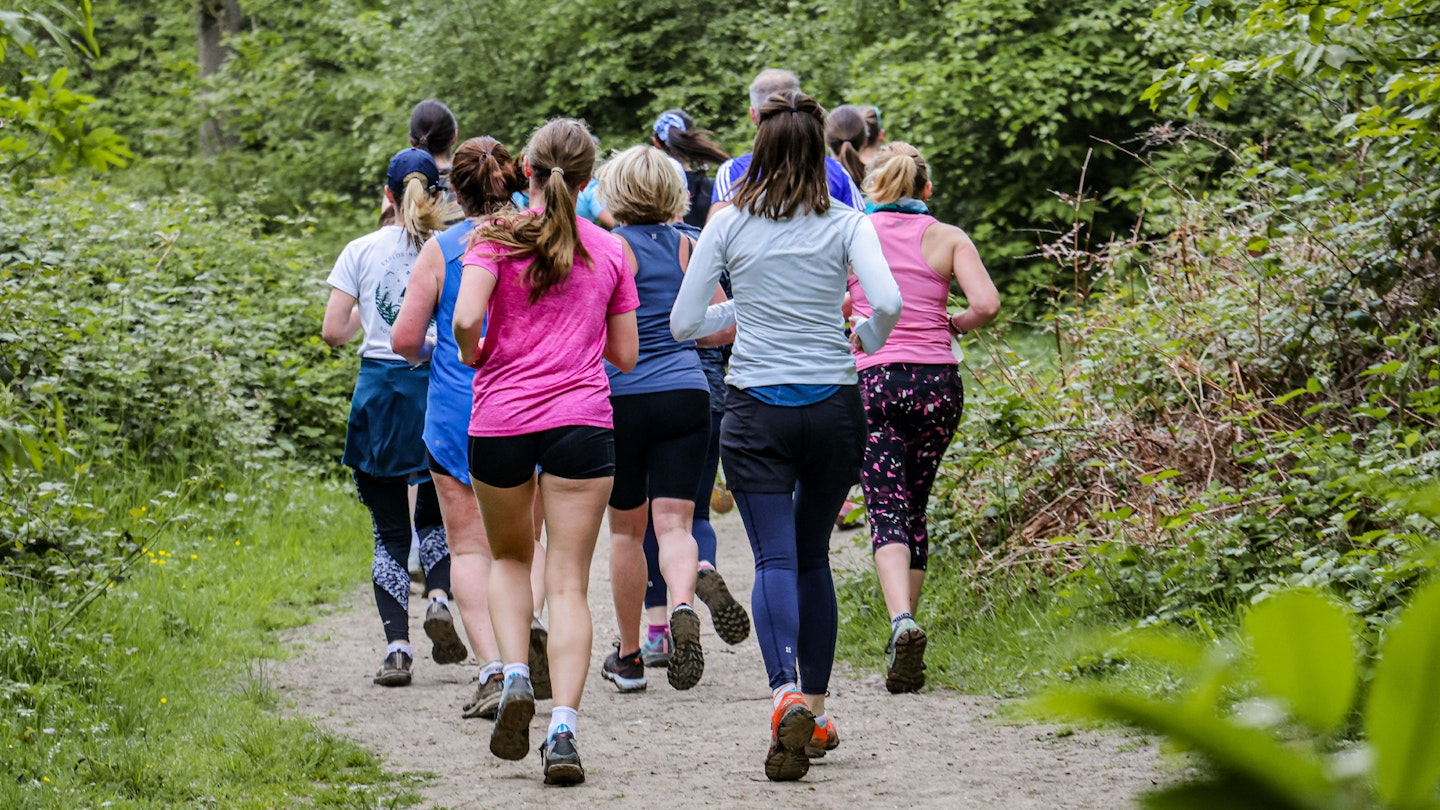
You may be surprised to hear this, but trail running is quite similar to Victorian high society in that there is a deep and serious reservoir of etiquette running under the whole culture.
Stay polite when passing walkers. Don’t run with pineapple on your pizza, or on your top. Don’t litter, even accidentally. Don’t blast your music out loud. Yield to those moving uphill. And for the love of all that is muddy, say hi to your fellow runners.
If you need a proper refresher, check out our full trail etiquette guide. Otherwise, just remember: good vibes make good trails.
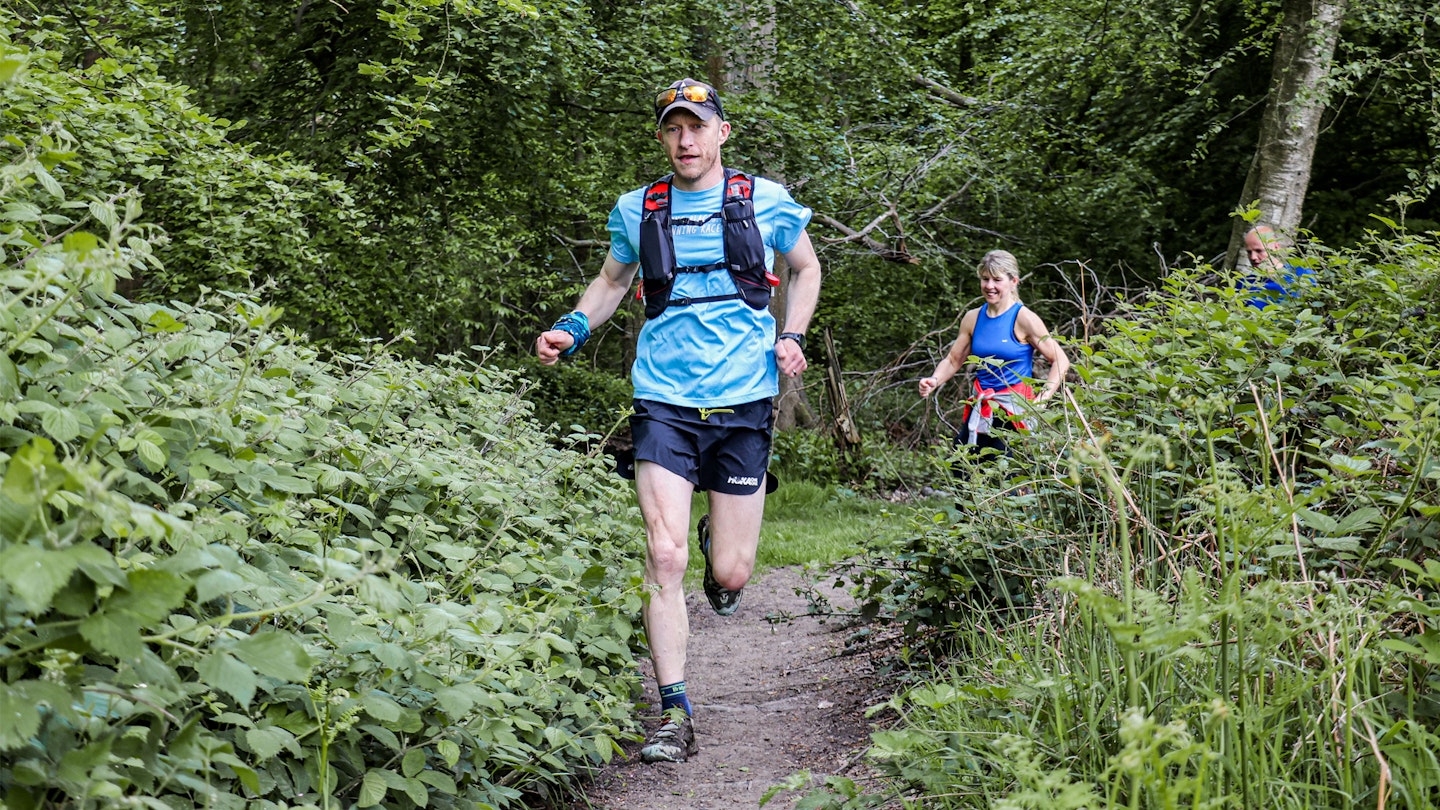
So there you go — ten very avoidable, extremely common, occasionally messy mistakes every new trail runner makes. Most of them I’ve learned the hard way, usually through a combination of overconfidence, bad planning, and a desperate desire to seem cooler than I actually am.
Luckily, trail running is incredibly forgiving. It rewards persistence, curiosity, and a healthy sense of humour. You'll get muddy. You’ll get lost. You might even end up going ass over teakettle in front of someone you’re trying to impress. But don't fear: you’ll also discover new places, build strength you didn’t know you had, and in time, you'll find that all those embarrassing moments will fade away, lost in time, like tears in rain.
About the author
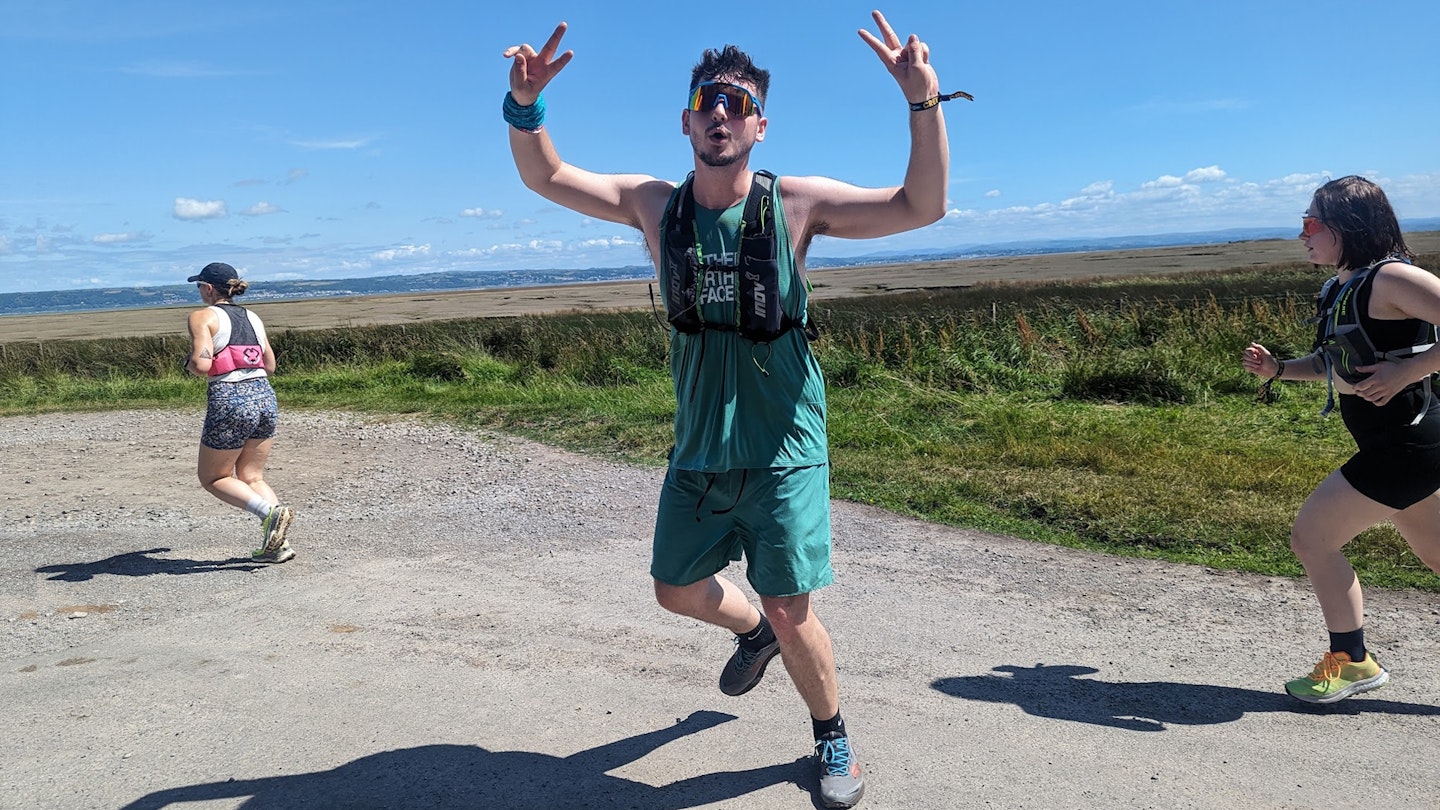
Milo Wilson is LFTO's trail running guru and clumsy person (every editorial team is required, by law, to have a clumsy person). When he's not at his desk pumping out scathing reviews, you'll find him charging around the Surrey Hills and inevitably getting either lost or injured. Despite his own performance on the trail, Milo is a fountain of helpful advice – just be sure to do as he says, not as he does.
